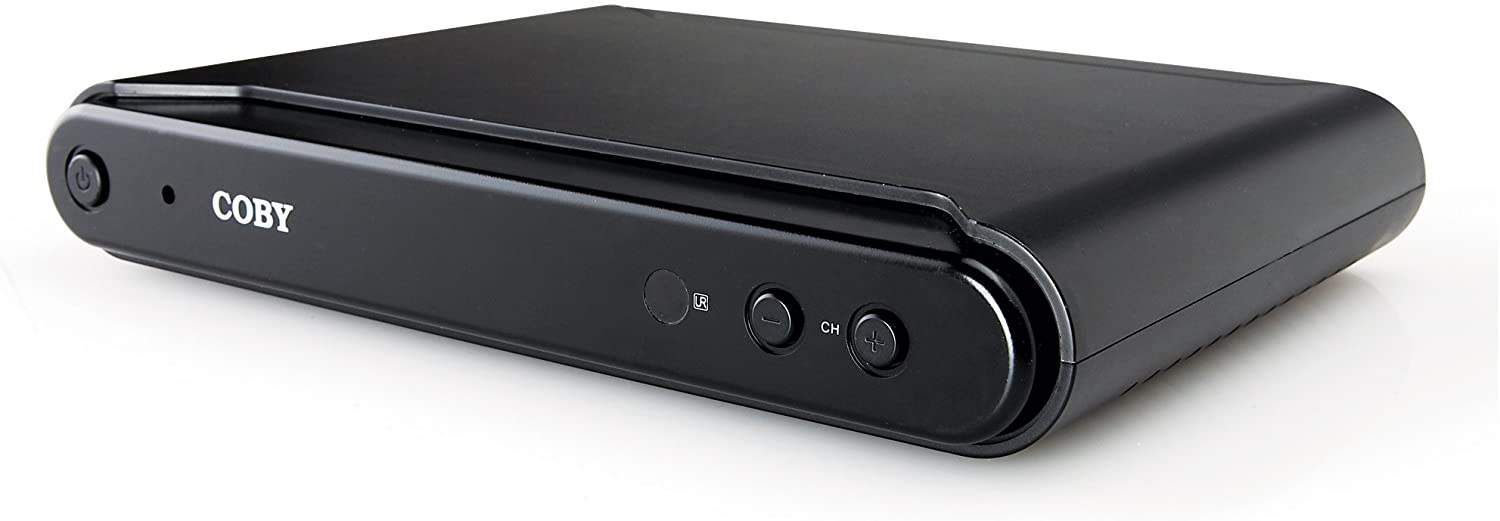SDTV Tuner – Standard Definition Television Tuner Definition
What is an SDTV tuner?
SDTV stands for Standard Definition Television. Standard Definition Television Tuner is a digital tuner with a television and set-top box for cable service access to channels—Standard DefiDefinition is a digital television network with no high-definition visuals. The picture resolution of SDTV is 480i, while an HDTV tuner has a high picture resolution of 1080p. A middle-resolution picture tuner with these two digital network tuners, i.e., EDTV, provides a resolution between 680p and 720p.

Televisions produced since 1997 have an SDTV tuner, perhaps the most basic model available on the market. Besides all this, SDTV has features that give picture resolutions in HD, but the picture quality will be blurred and weak. SDTV provides the same picture quality as analog Television. However, white television static is absent, often caused by signal interference. This is a significant improvement.
What is the difference between SDTV and HDTV?
The difference between SDTV and HDTV is that standard defiDefinitionTV) has a resolution of 480i or 480p, and pixels are arranged 640 x 480, while high-definition TV has a better resolution, 720p, 1080i, or 1080p. HDTV is simply capable of displaying images in HD resolution.
Nowadays, many televisions in the market lack an inbuilt tuner due to their flat model designs; ignoring the tuner space saves space for design. If the viewer wishes to watch any live broadcast on Television, he needs to get a top Television tuner that generally features and has both SD and HD capability. In some cases, SDTV tuners may also need either an antenna or a cable.
There are various standards for resolving picture quality in different continents. For example, North America has set SDTV tuner resolution at 480i. This means that the Television renders the picture quaTelevision0 interlaced lines in a vertical frame. The European standard for resolution is 525, of which 480 are lines that show signal information.
The SDTV tuner presents the image in a 4:3 display ratio. This means that the picture’s width is comparatively more substantial than the height of the film. Some HDTV tuners represent the image in the 16:9 display ratio. On the other hand, set-top boxes allow the user to take the SD 4:3 ratio to cover the HDTV 16:9 ratio on the entire screen. This extension of the ratio generally leads to poor picture resolution, and hence, it cannot be called a substitute for HDTV in any terms.

